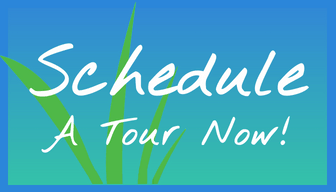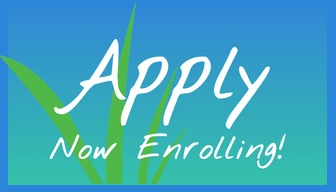by Leslie Stager
Around the world, the cycle of pregnancy, birth and becoming Mother––as well as women’s other blood mysteries of menstruation and menopause––has been revered and acknowledged with elaborate ceremonies for the women who are recognized as the source of all creation, or as vessels of a spiritual fire. It is no small reality to have two people making use of one external body, to have a mother open her body and soul as a passageway, bringing life from the unformed into the material world, and then to produce from her own body all the food the baby needs. Nurturing touch has often been a part of these celebrations of and reverence for this potency embedded in a woman’s body. Midwives and families have known well the benefits of supporting women through pregnancy, birth, and postpartum and have nurtured them with the healing tools of hands, words, water, and warm herbal oils.
In records of Navajo traditions, the midwife was known as the “one who holds,” recognizing how she would hold from behind and massage the pregnant belly throughout labor while Mom birthed the infant herself. In Indonesia, the term for “midwife” apparently literally means, “someone who knows how to massage,” and that tradition of touch through pregnancy and birth continues today. I learned about this during a 2014 trip to Jakarta where I taught pregnancy massage at a spa that caters only to pregnant and postpartum Indonesian women and their children.
“Touch is a primordial communication that is before words; it is in fact a language beyond words. The art of skillful touch brings depth to the experience of pregnancy, integrating the changes a woman undergoes while communicating nurturing, safety, and comfort.” Terri Nash M.S., Certified Professional Midwife 2008
For centuries, midwives, doulas and families have massaged mothers with herbs and oils through pregnancy and birth. Actual massage practices vary worldwide, but massage has commonly been used to reposition baby and keep it in a healthy position in-utero, as well as to ease labor pain and assist labor progress, to stimulate release of the placenta and prevent hemorrhage post-delivery, speed postpartum recovery, encourage lactation and ease breast engorgement discomfort.
Dr. George Engelmann, an anthropologist in the late 1800’s described that, “…in Japan, the medicine-man manipulates the abdomen of the patient, who clings about his neck, pressing his shoulders against her breasts, and pressing his knees between hers, so that she is firmly supported. Then he practices a lateral massage with his hands, beginning at the seventh cervical vertebra, and rubbing downward and forward, rubbing also the [buttocks] and hips with the palm of his hands, repeating the movement from sixty to seventy times every morning after the fifth month” (1)
In Guatemala and Belize, care for womb health with herbs and uterine self-massage begins young, taught by the comadrona, whose job it is to support a woman through pregnancy and birth. The comodrona assists Mom in labor by massaging her back, belly, and legs. Indigenous midwives in other parts of Central and Meso-America visit a pregnant mother at least once a week in the last month of pregnancy, beginning their visit with prayers and thanks to the patron saints of childbirth as well as to the earth and sky, and offering touch in any ways called for.
Efe midwives of the Congo, might support a laboring Mom with breath, song and touch, encouraging her to be like the river and holding their breath when Mom does, as she pushes her baby into the world. (2)

In India and Bangladesh, a laboring mother is commonly supported throughout her childbearing years with massage and touch from experienced women elders. In labor, following a 5th century Ayurvedic prescription, a pregnant woman might be massaged by four elder women who rub scented oils into her back, legs, arms, breasts, and belly to assure good baby positioning and a healthy, comfortable birthing. After delivery, the elder women come daily for at least ten days, and up to one year, to massage Mom’s belly and whole body and assist in her recovery and return to the pre-pregnant state. Baby is also massaged from birth onward with special oils. Postpartum depression in India is mostly unheard of for women who have been cared for in this way.
In Jamaica, Japan, Mexico and amongst Australian Aborigines, traditional midwives massage women’s bellies, beginning early in the pregnancy and continuing until delivery, assuring positioning and health of baby. According to the World Health Organization, the majority of women around the world deliver their babies outside a hospital, often with the assistance of a midwife. In Bulgaria, there is a special holiday called “Babinden”, which honors the midwife. The loving touch and care of midwives has been critical to the regeneration of humans.
Massage therapists today with advanced skills focused on this specialty clientele have the exciting opportunity to share in a woman’s life-changing experience of creating, nurturing, and birthing life, and provide healing touch that can release pelvic and sacral tension, optimize hip mobility and balance, relieve uterine ligament spasm, and enhance respiratory ease with intercostal and abdominal releases.
Leslie Stager RN, LMT is teaching the 4-day MotherTouch Prenatal Bodywork Certification at FSM Nov 14-17, and the 1-day Fundamentals of Pregnancy Massage on Nov 14.
Register at http://www.TouchForBirth.com or get more info at Leslie@TouchForBirth.com
Some scholarships available for Women of Color or Native women. Get in touch!




